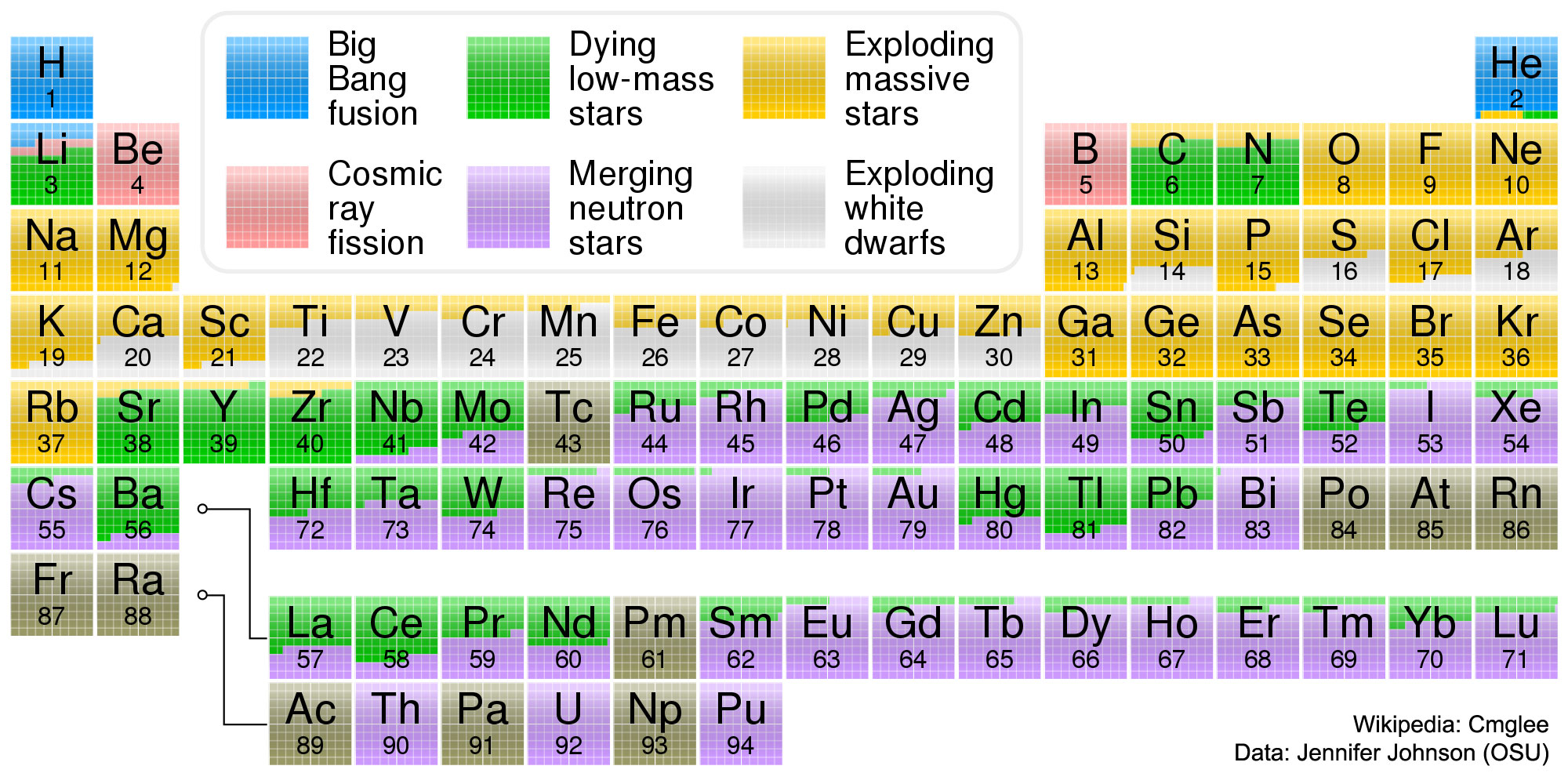If you’ve been paying attention to astronomical journals or have spoken to me in the past week, you invariably know about the recent neutron star merger that took place 130 million years before Aug. 17.
Those two massive stars orbited each other closer and closer, all the while distorting the very fabric of space time with their incredible densities until they finally collided. For this, think of two boats looping around each other and the gravitational waves as actual waves in the water. As the two boats circle each other, the ripples left in their wake spread outward and throughout the body of water.
Now, as the boats get closer, they’ll begin to circle each other faster, making more pronounced and frequent waves — until the boats finally collide in a big splash. To an observer, they could see the behavior of the two boats based on the waves reaching the shore. Replacing the water with the fabric of spacetime, and the boats with incredibly dense objects, you get gravitational waves.

A depiction of the gravitational waves produced during a black hole merger.
Gravitational waves permeate the universe until they are detected on Earth by the LASER Interferometer Gravitational-Wave Observatory (LIGO) and European Gravitational Observatory (EGO).

LIGO Livingston. The other LIGO sites and EGO are similarly structured.
The LIGO and EGO are L-shaped structures that are 4 kilometers on either side that use the destructive interference of light to detect ripples in gravity manifested by physically warping the observatories.
When light travels through space, it propagates as a wave and, when two waves travel in exactly the same path with the same wavelength, the two waves interfere constructively and add together to double their peaks. On the reverse, two waves destructively interfere when their wavelengths are the same but the frequencies are offset just enough to be equal and opposite, destroying the beam.
What LIGO and EGO do is send beams down each of arms of the structure, which then reflect off a mirror at the end. The light then travels back down the arms until it meets the corner of the L, where it enters a detector. The light at this point completely destructively interferes and the detector records nothing. However, the slightest shift in the length of the arms — say by gravitational disturbance — causes blips of light to appear.
In the case of LIGO, there are two locations, in Louisiana and Washington, that compare signals to rule out any localized bias. Often, the gravitational waves that are detected are translated into a pitch. Here’s the gravitational wave detected Feb. 11, 2016.
One thing to note about gravitational waves is that they are very weak. The shifts detected at LIGO, produced after a collision releasing three solar masses of energy, were of less than a hundredth the width of a proton (or 0.0000000000000000084 meters).
For a human to feel any disturbance, the merging black holes would need to be within the orbit of the Moon — at which point we’d be dead anyway.
So then, if gravitational waves are imperceptible to humans, why do we study them?
In the cases of black hole mergers, it's a way to show how dynamic and violent the universe actual is. Also, as the name implies, we cannot visibly see a black hole, but with gravitational waves, we have direct observations. Neutron stars, however, are visible with the proper equipment, and the most recent collision marks the first time scientists have a visible source to match to the detected waves.

The labeled spot in this galaxy shows the kilonova remnant of the neutron star merger.
The most massive stars can produce elements up to iron, but no further. The other elements are formed in cataclysmic events like supernovae or stellar collisions. When these events occur, large amounts of neutrons are thrown together, some of which decay into protons, which in turn determine what new element was created.

The stellar origins of the elements. Photo via NASA.
When the two neutron stars collided, they produced a significant amount of heavy metals in a large cloud. In this cloud, enough gold exists to equal the mass of Earth. Unfortunately, the gold is thinly dispersed along with the other newly-made elements, so collecting it all would pose a bit of a problem.
Also, the trip would take at least two and a half trillion years, so I’d probably pack a lunch.






